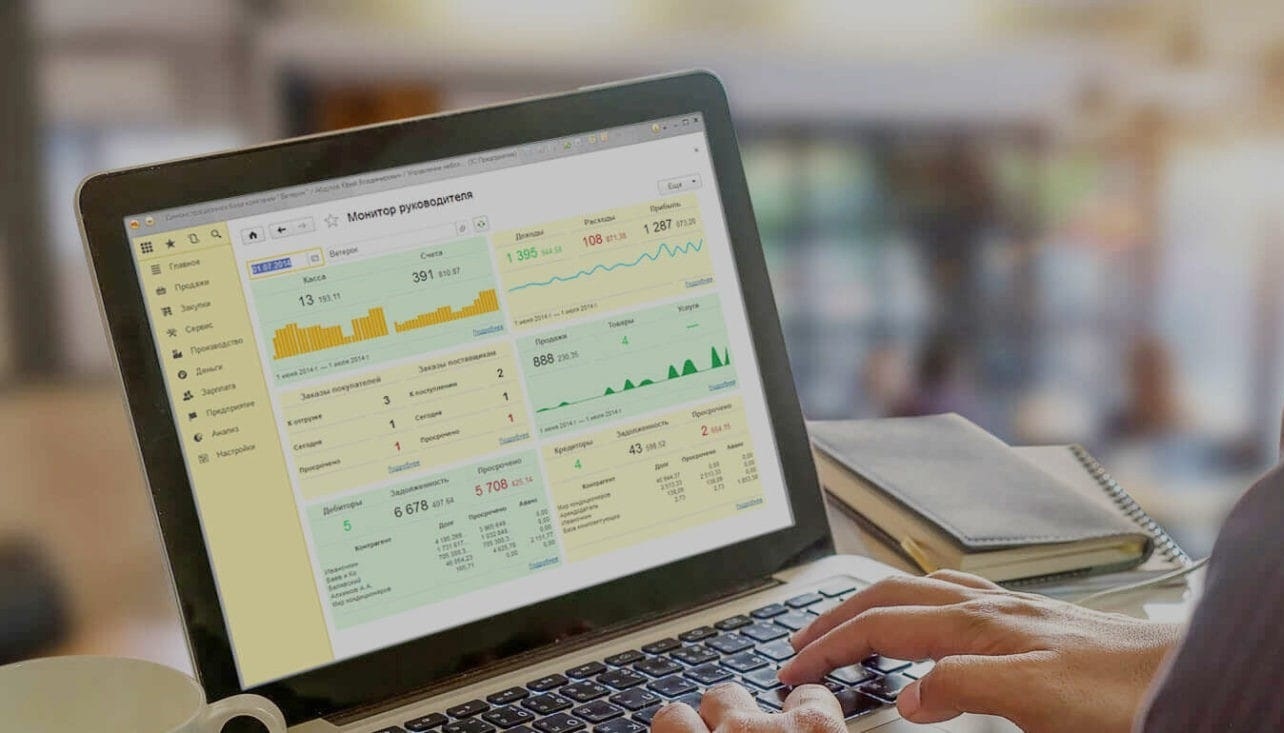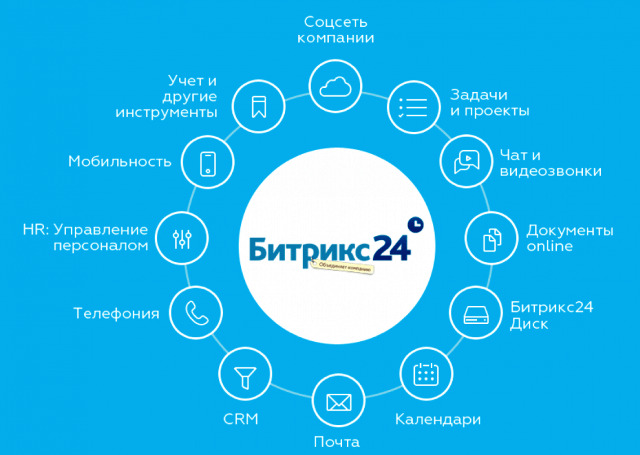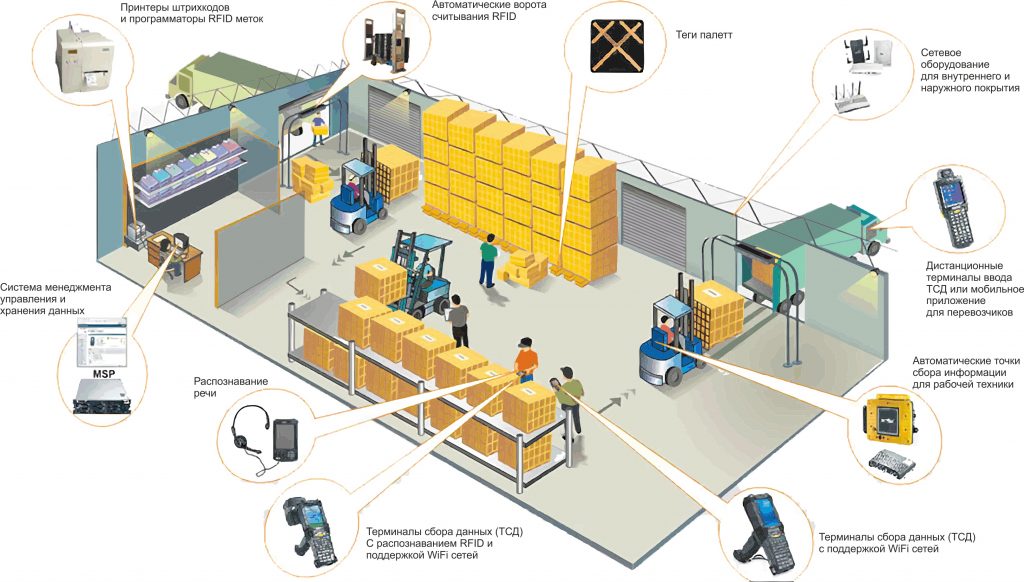
Any modern organization in the process of its development relies on strict control over financial activities, close interaction between individual divisions of the company and high speed of making effective decisions. To eliminate the influence of the human factor, standardize the interaction between individual areas of activity and, as a result, reduce the risk of errors, various information systems are used today. At the moment, the 1C program is one of the most important business tools. The demand for this product is quite high and is associated primarily with the opportunities that users receive when introducing it into the financial and economic activities of the company. Economic and financial accounting is built on the basis of 1C software, the results of which are used in the future for making management decisions. At the same time, modern configurations make it possible to fully automate the accounting process, reduce labor and time costs, thereby increasing the productivity and efficiency of information processing
High return on investment
When purchasing a 1C company product, an organization spends a certain amount of money, which pays off in the very near future. Users use a tool with which they can effectively manage the company's activities. Based on the results obtained from processing information, enterprise management can make decisions that will subsequently reduce costs or increase income, as well as avoid possible risks.
To achieve maximum efficiency of investments in a product, it is necessary to determine what amount of costs will be optimal under certain conditions and business characteristics of a particular entity. Efficiency will be higher if implementation requires minimal labor and time costs, and, in addition, the program itself will meet the needs of the organization.
1C software functionality
The popularity of 1C company software is due to the high functionality of its products, which is characterized by the following points:
- an extensive product line, thanks to which an organization can choose the option that is optimal for its activities
- high degree of adaptation of programs to the requirements and conditions of doing business
- the ability to cover a large number of different user operations
- the ability to work with software on a remote basis, as well as to organize separate input blocks for each user
software products include various tools that, when used correctly, allow you to integrate an enterprise into the information environment, effectively manage data, synchronize the operation of the product with other systems, organize electronic document flow and store information in a database. 1C software is constantly updated and improved, and therefore users receive more opportunities to manage information.
High implementation efficiency
When implementing 1C software, the company plans to obtain certain positive results. As a rule, if this event is carried out correctly, there is a high effectiveness of the implementation of 1C products and solutions, namely:
- structuring of business processes and all activities of the organization as a whole
- formalization and logical display of information, both internal and coming from external sources
- improving the quality and efficiency of information processing
- expanding the ability to manage the company
- use of various tools that allow not only processing input data, but also obtaining visual results in the form of various reports and documents
- timely adoption of management decisions based on complete and reliable information
The final results obtained cover the cost of investments, since they can be used to achieve a positive effect in running a business. At the same time, investments pay off quite quickly, since in the end the company has not only the opportunity to control processes, but also to avoid any risks when carrying out financial and economic activities.
Advantages of 1C software
Using the software offered by 1C, each enterprise can take advantage of the following benefits of implementing any application product:
- a wide selection of both universal and industry-specific products for conducting activities in a specific area (logistics, pharmaceutical, manufacturing, construction, trading, financial, etc.)
- each product takes into account the realities of doing business, the norms and requirements of current legislation
- implementation of 1C software allows you to save resources (time, labor, finances) and direct them to the development of the company’s activities
- with the help of 1C programs, interaction is organized both within the company between employees and different levels of management of the organization, and between business entities and authorities
- modification of any product in accordance with the requirements of users and the characteristics of the business entity
- training in working with information products both on-site and remotely without interruption from work and obtaining the appropriate certificate for users of 1C products
- timely product version updates and technical support are provided by qualified specialists
- an individual approach to each client and a deep dive into his activities is organized to select the optimal and profitable 1C software
In addition, the implementation of complex automation on the 1C platform allows you to create a unified information base without the use of other additional IT products.






